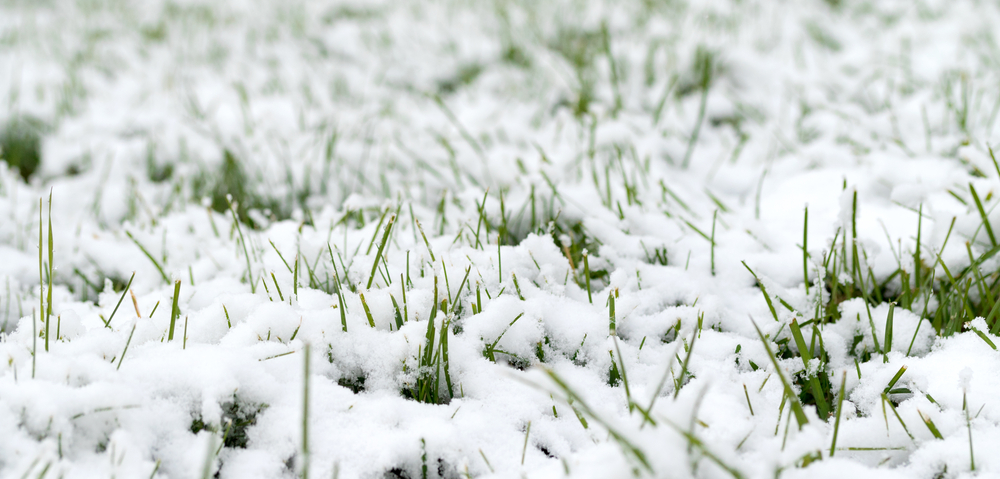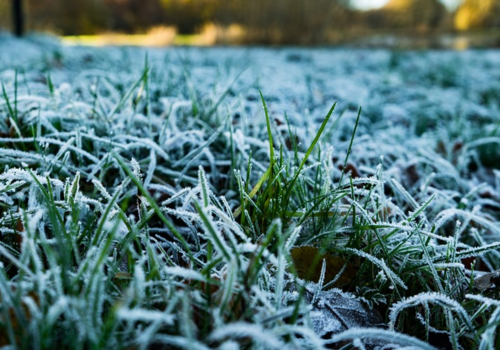
We all love a luscious lawn, but winter can be a bit of a problem for grass. So how do you make sure your lawn recovers in the spring?
Can you sow grass seed in winter? Is the ground inhospitable during the coldest season of the year? Can you save yourself some time in the spring with dormant seeding?
If you have lots of questions about sowing grass seed in winter and you’re not really sure how it works, here’s our guide to dormant seeding and how to get the best out of your lawn in preparation for the warmer, spring months...
What is dormant seeding?
Dormant seeding is the process of sowing seed at a time of year when soil temperatures are not optimal for germination. It's also known as cold seeding. So why would you sow seeds that aren't going to germinate? The idea is that your dormant seed will begin to grow in early spring, as temperatures begin to rise.
As the name suggests, grass seed will lie dormant when the conditions for germination are not met. The grass seed itself won't die if it freezes, it will simply wait until the conditions it needs are right. If soil temperatures are below 9 degrees most grass seed won't be able to grow.
What is the best grass seed for dormant seeding?
A high perennial ryegrass content is best for dormant seeding - our Winter Green Grass Seed contains 40% high-quality tetraploid amenity perennial ryegrass and 60% diploid amenity perennial ryegrass and will germinate down to soil temperatures as low as just 5 degrees. From mid-February onwards, we recommend choosing from our full range of lawn seed - especially those mixtures with high ryegrass content such as BS Premier and BS Childsplay.
Does dormant seeding work?
Dormant seeding can be very effective, but there are some dangers to look out for. If you overseed in winter, you'll need to keep a close eye on the weather. Colder temperatures are best, as grass seed won't die if it freezes. The real concern is weather that's unseasonably warm. High temperatures may warm the soil enough to allow seedlings to germinate. When cold, winter weather and harsh conditions return, seedlings may struggle to survive.
As long as seedlings don't shoot during the winter, dormant seeding does work.
What is the best time for dormant seeding?
In the UK, overseeding in late November to early December or February through to March is best. Wait until autumn leaves have fallen, so they can be cleared before you prepare the soil.
Dormant Seeding vs Spring Seeding
Overseeding in winter can actually offer some benefits that you might not expect.
As soil thaws and freezes during winter, it can help to increase seed to soil contact. A layer of snow can help keep seeds in place too. Because soil stays moist for longer during the cool season, you'll need to water less than you would in warmer weather. Grass will begin to grow in bare patches as soon as the conditions are right which can help to protect from weed growth in these areas.
What's more, winter seeding is more in line with natural processes. Spring seeding is actually an artificial process, which doesn't allow for a dormant period. Laying dormant is a part of nature's re-seeding cycle, so allowing this to happen is definitely good for your grass.
Cold seeding usually gives grass a little longer to mature before being cut, too!
If you put the work in sowing grass seed in winter, you can expect a beautiful, green lawn to grow as the season changes. It's well worth the effort!
